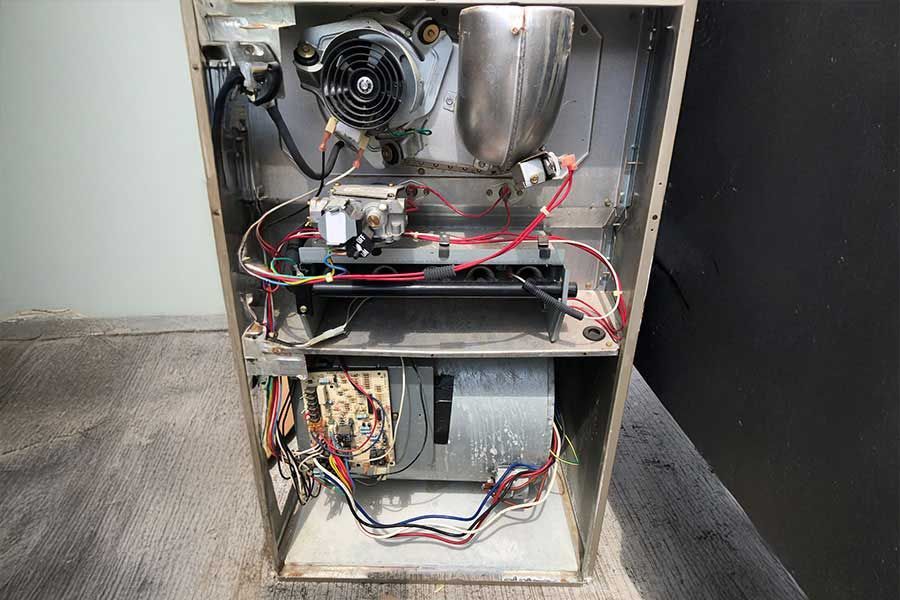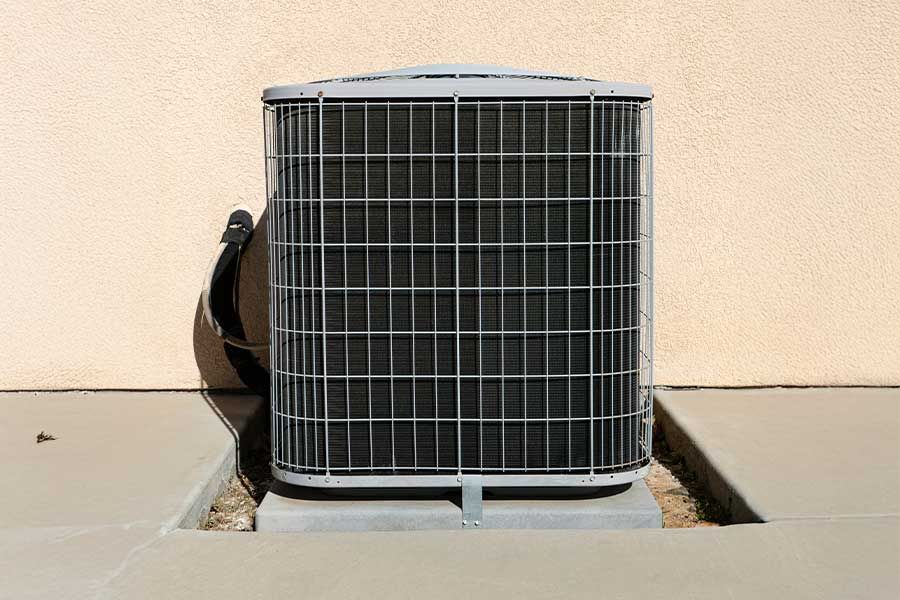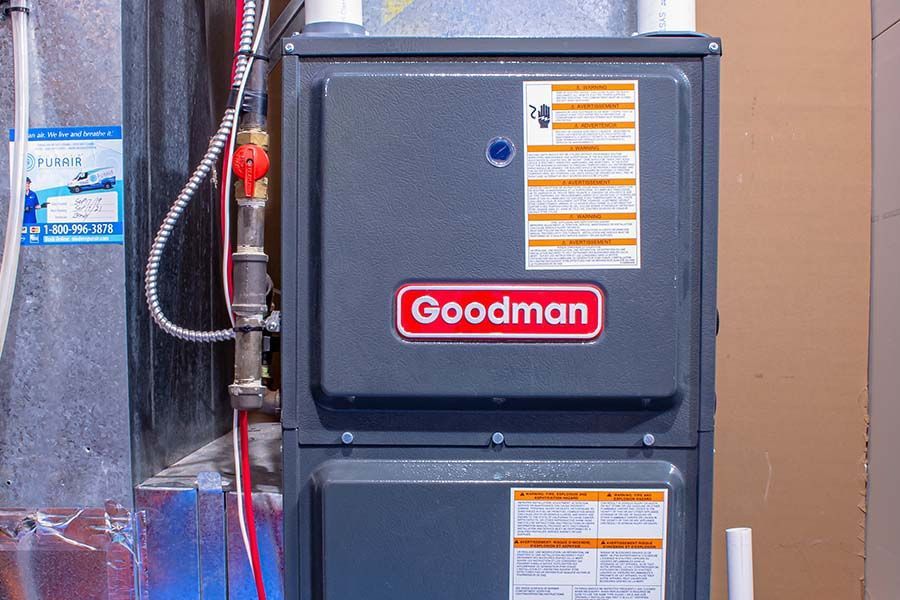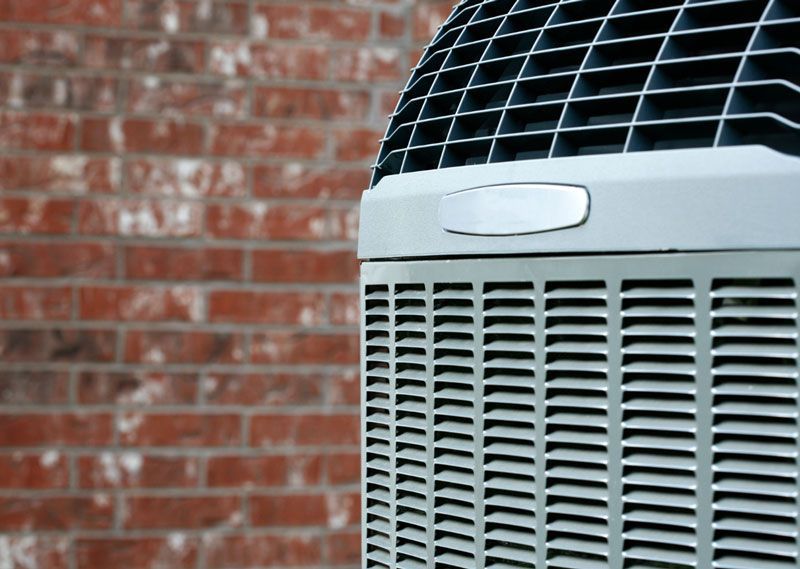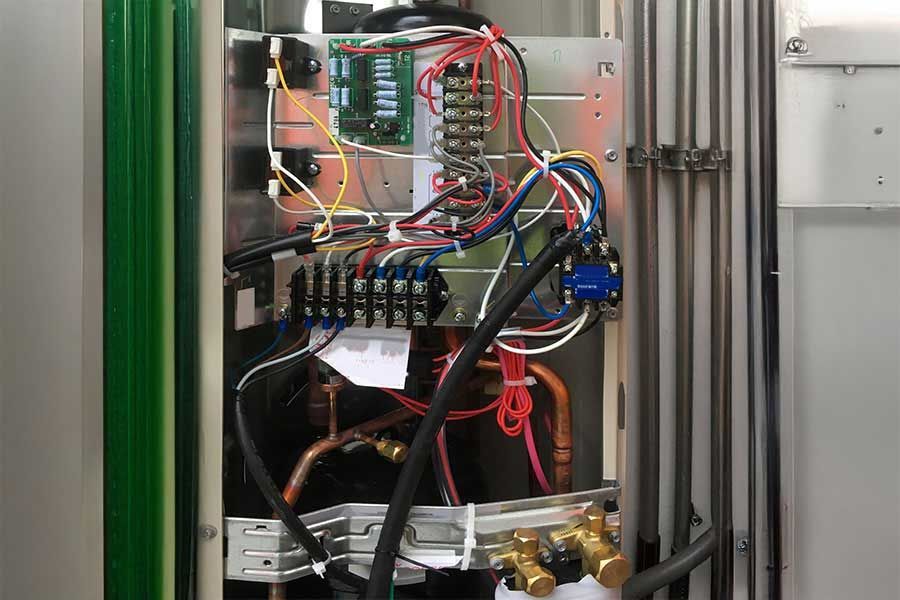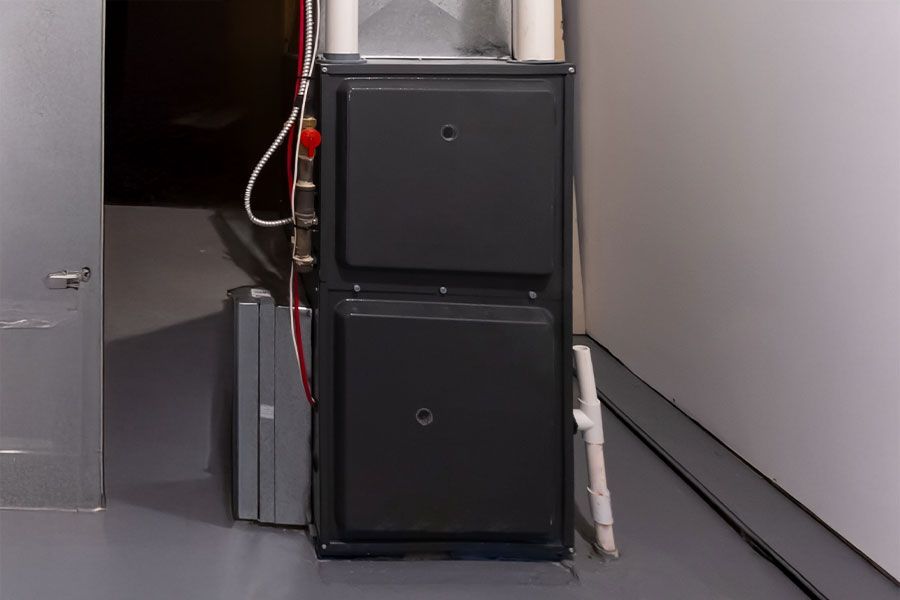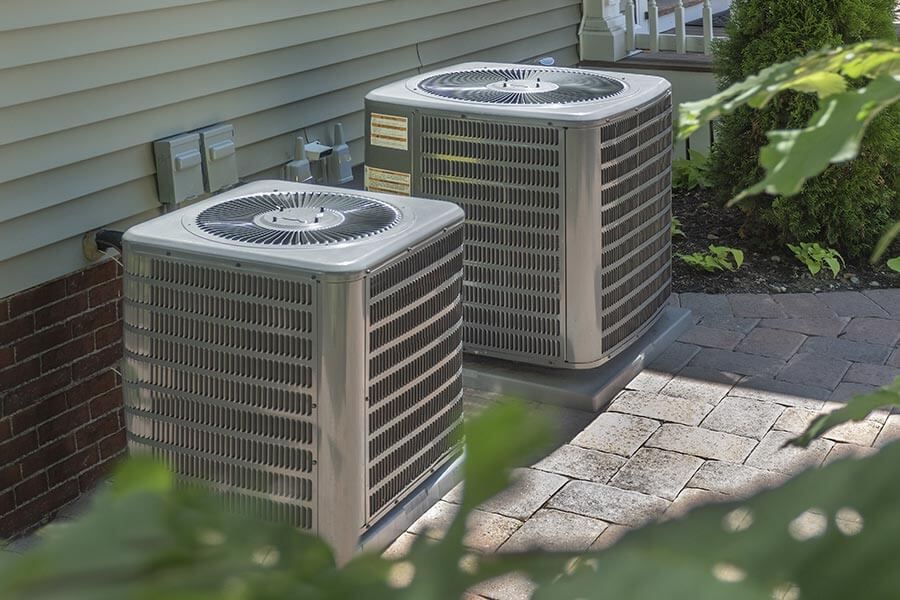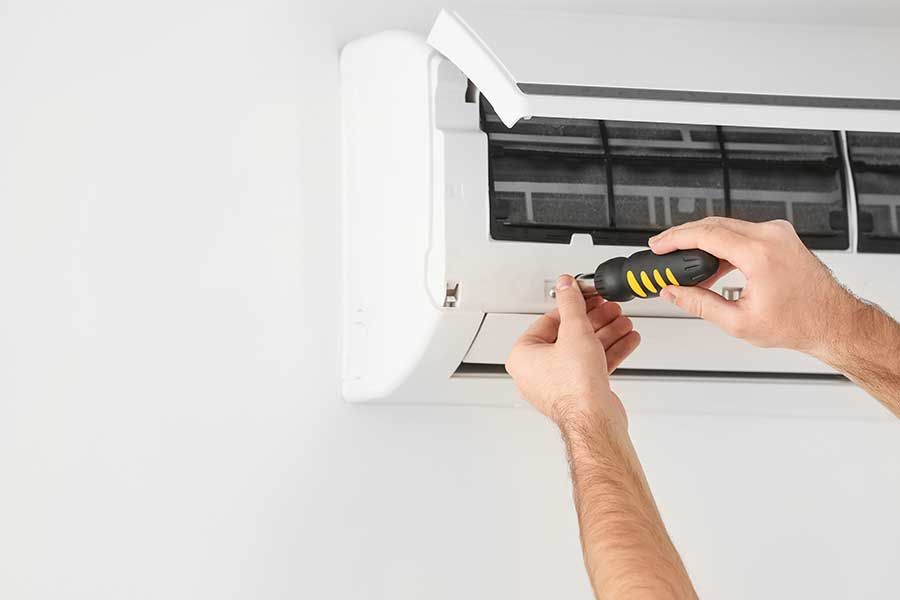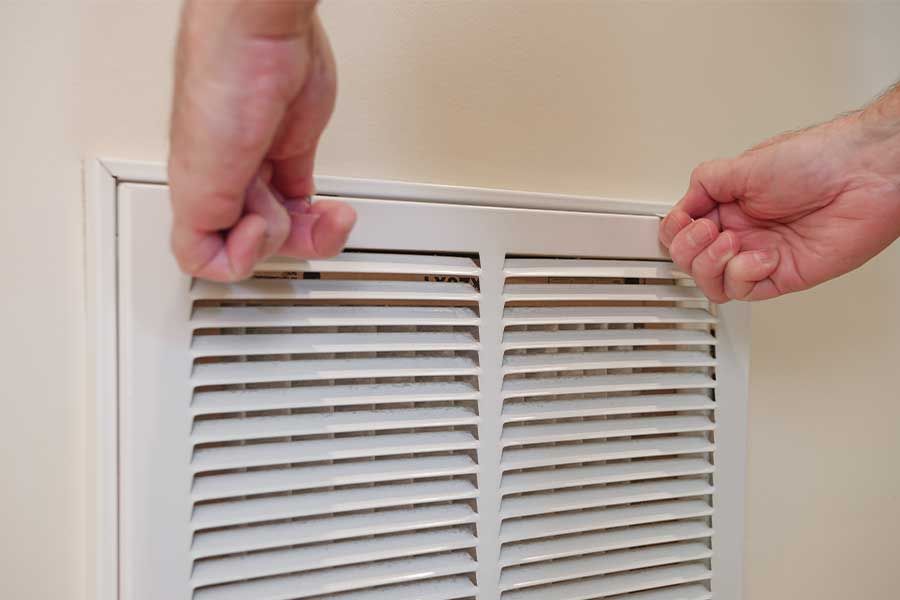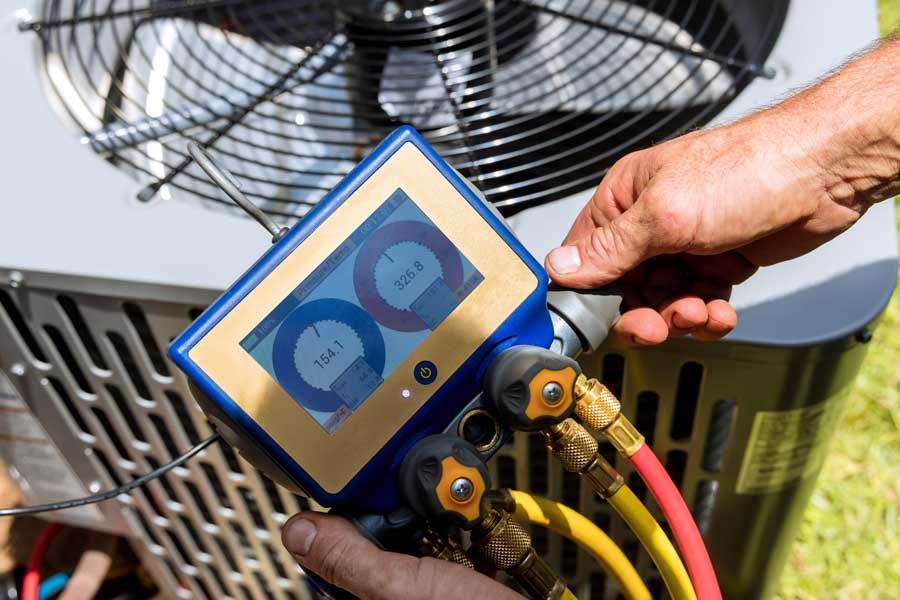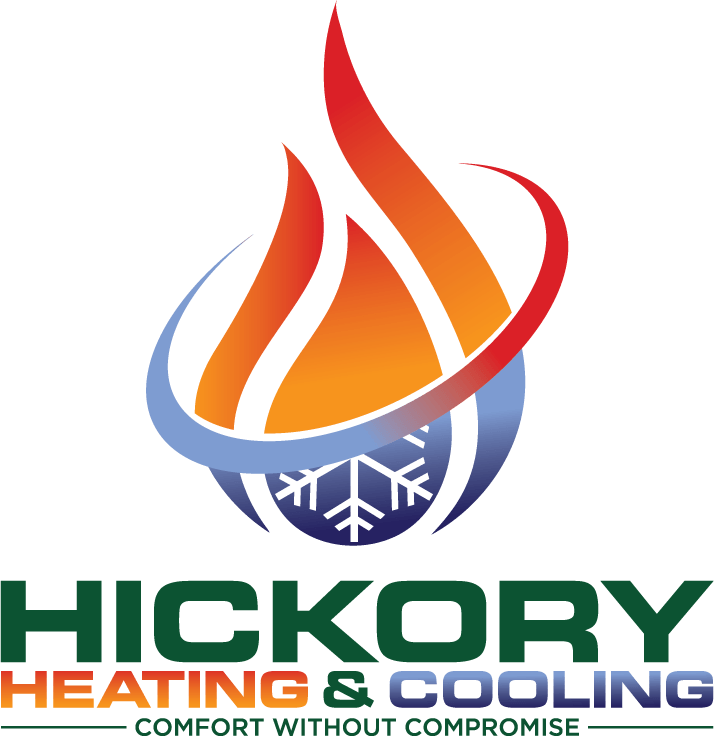8 Money-Saving Hacks for Maximizing Your AC’s Efficiency
Can small changes make your AC more efficient and save you money? You can significantly reduce energy waste by focusing on areas like keeping filters clean and sealing duct leaks. It’s also important to use a programmable thermostat and position ceiling fans properly to improve air circulation and maintain comfortable temperatures.
Understanding how each step contributes to your goal is key. Clean filters ensure that your AC doesn’t have to work harder than necessary, which can lower your energy bills. Sealing duct leaks prevents cool air from escaping, making your system more efficient. Programmable thermostats let you set temperatures based on your schedule, so you’re not cooling an empty house. Ceiling fans help distribute cool air more evenly, reducing the burden on your AC.
These practical tips can lower your utility bills and enhance the value of your home. So, what’s the next step? How can you start implementing these changes right away?
Stay tuned to learn how you can control your AC’s efficiency and start saving money today!
Clean or Replace Filters
How often do you check your AC filters for dirt and debris? If the answer is “not often,” you might miss out on a simple way to boost your AC’s efficiency. Start by locating the filter, usually behind a return air grille or inside the blower compartment. Filter types vary widely, from basic fiberglass to high-efficiency pleated filters. Knowing your filter type helps you choose the right replacement.
Different filter brands offer varying lifespans. For example, a cheap fiberglass filter might need changing every 30 days, while a more expensive HEPA filter could last up to six months. When selecting one, consider filter cost; it’s often a trade-off between upfront expense and long-term savings. A high-quality filter might be pricey, but it can save money on energy bills and maintenance.
To replace the filter, turn off your AC unit first. Remove the old filter and note its dimensions, which are usually printed on the edge. Insert the new filter, ensuring it’s positioned correctly according to the airflow direction indicated on the filter. Regularly checking and replacing filters maintains efficient operation and enhances indoor air quality.
Schedule Regular Maintenance
Regular maintenance guarantees your AC operates at peak efficiency and prolongs its lifespan. Start by scheduling a professional inspection at least once a year, ideally before the cooling season begins. During this visit, a technician will perform a system tune-up, which includes several critical tasks.
First, they’ll check and adjust refrigerant levels. Low refrigerant can cause your AC to work harder, leading to higher energy costs and potential damage. Next, they’ll conduct coil maintenance. Dirty coils reduce the system’s ability to cool your home and can cause it to overheat. The technician will clean the evaporator and condenser coils to ensure optimal performance.
Condenser cleaning is another crucial aspect of the maintenance process. The condenser, usually located outside, can gather debris such as leaves and dirt, obstructing airflow and reducing efficiency. A professional will remove these obstructions and clean the condenser thoroughly.
Regular maintenance includes checking electrical connections, lubricating moving parts, and inspecting the thermostat. Don’t underestimate the importance of these tasks; they can prevent costly repairs and ensure your system runs smoothly all season long. By scheduling regular maintenance, you’re investing in long-term savings and comfort.
Seal Duct Leaks
After ensuring regular maintenance, the next step to maximize your AC’s efficiency is to seal duct leaks, which can greatly improve airflow and reduce energy waste. Start with a thorough leak detection process. You can use a smoke pencil, incense stick, or even a special duct leakage tester to identify leaks. Pay close attention to joints, seams, and connections, as these areas are prone to leakage.
Once you’ve identified the leaks, it’s time to apply effective sealing methods. Mastic sealant or foil-backed tape works best for sealing ducts. Avoid using standard duct tape, as it tends to deteriorate over time. Apply the mastic sealant with a brush or a putty knife, ensuring a generous, even layer over the leaks.
Next, duct insulation should be considered to improve efficiency further. Insulating your ducts can prevent temperature loss, ensuring that your cool air reaches its destination without being compromised. Use insulation with an appropriate R-value for your climate and duct type.
If the task seems overwhelming, don’t hesitate to seek professional services. A qualified HVAC technician can perform thorough leak detection and sealing, ensuring maximum energy savings and optimal performance. Remember, investing in duct sealing can result in significant long-term energy savings.
Use a Programmable Thermostat
Installing a programmable thermostat allows you to adjust your home’s temperature settings automatically, optimizing your AC’s efficiency and reducing energy costs. By leveraging programmable features, you can set different temperatures for various times of the day, ensuring energy savings when not at home. Smart technology even lets you control your thermostat remotely, offering unparalleled temperature control.
When installing a programmable thermostat, placement is vital for accurate readings and peak performance. Position it on an interior wall away from direct sunlight, drafts, doorways, and windows. This ensures that the thermostat reads the room temperature correctly and efficiently adjusts your AC’s operation.
Begin by turning off the power to your HVAC system to avoid electrical hazards. Remove the old thermostat and disconnect the wiring, labeling each wire according to its terminal. Install the new programmable thermostat following the manufacturer’s instructions and connect the wires to their corresponding terminals.
Once installed, program the thermostat to align with your daily schedule. Use features like vacation mode to minimize energy use when you’re away for extended periods. These steps will maximize your AC’s efficiency, benefiting your wallet and the environment.
Optimize Thermostat Settings
To optimize thermostat settings, set your AC to a higher temperature when you’re away from home and lower it only when you’re present. This approach minimizes energy consumption during idle periods. For night adjustments, set the thermostat a few degrees higher than your daytime setting; your body naturally requires less cooling during sleep. Consistency is essential—avoid frequent changes to your thermostat settings, as this forces your AC to work harder, consuming more energy.
Consider investing in a smart thermostat. These devices learn your schedule and automatically adjust temperatures for maximum efficiency. They can be controlled remotely via smartphone, allowing you to make real-time adjustments based on your activities. Proper thermostat placement is vital. Install it away from direct sunlight, drafts, doorways, and windows to avoid false readings that could cause your AC to run unnecessarily.
Conduct energy audits to identify other areas where you can improve efficiency. These audits often reveal leaks, poor insulation, and other issues that affect temperature consistency and overall performance. Implementing these strategies ensures your AC operates at peak efficiency, saving you money and extending the system’s lifespan.
Keep Vents Unobstructed
Ensuring vents remain unobstructed is another pivotal factor in maximizing your AC’s efficiency. Start by evaluating your furniture placement. Large items like sofas or bookshelves can block airflow if they’re positioned near vents. Rearrange these pieces to guarantee that cool air can circulate freely throughout the room.
Next, consider your vent covers. Clean them regularly to prevent dust and debris from hindering airflow. If you have decorative covers, ensure they don’t impede the vent’s functionality. Pet barriers can be useful for homes with pets to keep animals from laying on or near vents, which can obstruct airflow and reduce efficiency.
Curtain management is also essential. Heavy curtains can block vents if they hang too close, so opt for shorter or more lightweight options in those areas. Ensure that any curtains or drapes are drawn back sufficiently to allow unobstructed air passage.
Utilize Ceiling Fans
Ceiling fans can greatly enhance your AC’s efficiency by promoting better air circulation throughout your home. To maximize these benefits, you need to understand how to use ceiling fans properly.
First, check the blade direction. In the summer, set the blades to spin counterclockwise. This pushes cool air down and creates a breeze that makes you feel cooler, allowing you to set your AC at a higher temperature and save energy.
Key tips for optimizing ceiling fan usage:
- Blade direction: Make sure blades spin counterclockwise in summer and clockwise in winter.
- Fan placement: Install ceiling fans in the rooms you use most, such as the living room and bedrooms.
- Energy savings: Use ceiling fans with your AC to raise the thermostat setting by about 4°F without a noticeable difference in comfort.
- Air circulation: Keep doors between rooms to allow seamless air movement.
- Proper usage: Turn off fans when you leave the room since fans cool people, not spaces.
Insulate Your Home
Proper insulation greatly reduces the strain on your AC by keeping cool and hot air inside, ultimately saving you money on energy bills. Start with attic insulation since heat rises, making your attic the primary escape route for cool air. High-quality insulation materials like fiberglass or spray foam offer excellent thermal resistance.
Next, focus on window insulation. Windows are notorious for energy loss, so apply weatherstripping around the frames and use thermal curtains to block heat. For added efficiency, consider double-glazed windows, which feature two panes of glass with an insulating layer of air or gas in between.
You should also employ various insulation techniques for walls and floors. Blown-in cellulose is effective for existing walls, while rigid foam boards work well in new constructions. Don’t forget to insulate your doors with door sweeps and foam tape to seal any gaps.
The insulation benefits are clear: reduced energy consumption, lower utility bills, and a more comfortable living environment. By investing in proper insulation, you’re not just enhancing your AC’s efficiency but also increasing your home’s overall energy efficiency and value.
Conclusion
Follow these hacks to squeeze every efficiency drop from your AC. Imagine your home as a fortress, its walls sealed tight, keeping the cool air and heat out. Your AC will run like a well-oiled machine with clean filters, unobstructed vents, and smart thermostat settings. Don’t forget those ceiling fans and extra insulation—they’re the cherry on top for lower bills and a more comfortable home.
Frequently Asked Questions
How Can Landscaping Improve My AC’s Efficiency?
Strategic shading using deciduous trees and vertical gardens cools your home naturally. Windbreak plants reduce hot winds, and ground cover minimizes heat reflection. These landscaping methods can improve your AC’s efficiency, saving energy and money.
Does Window Film Help Reduce Cooling Costs?
Yes, window film helps reduce cooling costs. It provides window insulation, reflects the sun’s heat, and offers UV protection. The tint benefits include significant heat reduction inside your home, easing your AC’s workload, and saving energy.
Are Energy-Efficient Windows Worth the Investment for AC Savings?
Imagine upgrading your car’s engine for better performance—energy-efficient windows do the same for your home. Superior window insulation, varied glass types, and manageable installation costs improve heat retention and boost your home’s resale value.
How Does Using Curtains or Blinds Impact AC Efficiency?
Using curtains or blinds impacts AC efficiency by providing heat insulation, reducing sunlight, and improving thermal management. This saves energy by maintaining a lower ambient temperature, reducing the AC’s workload, and enhancing efficiency.
Can Household Appliances Affect My Air Conditioner’s Performance?
Yes, household appliances can impact your air conditioner’s performance. Optimize appliance placement and avoid running heat-generating devices during peak cooling times. Schedule kitchen usage and laundry timing during cooler hours, and choose energy-efficient lighting.
